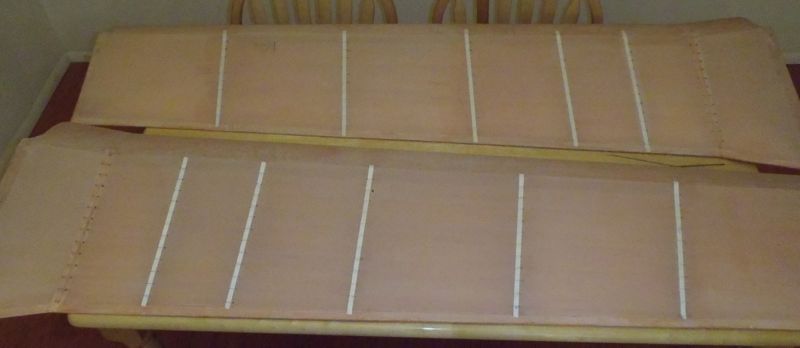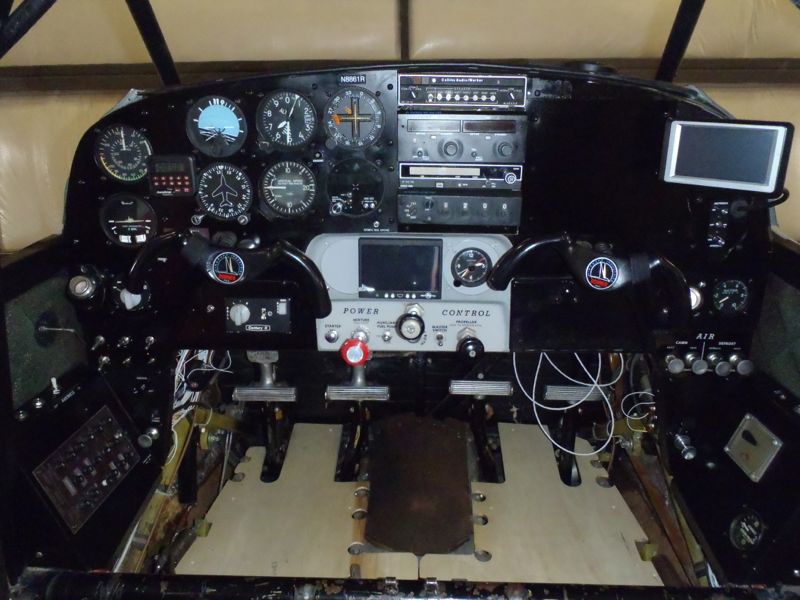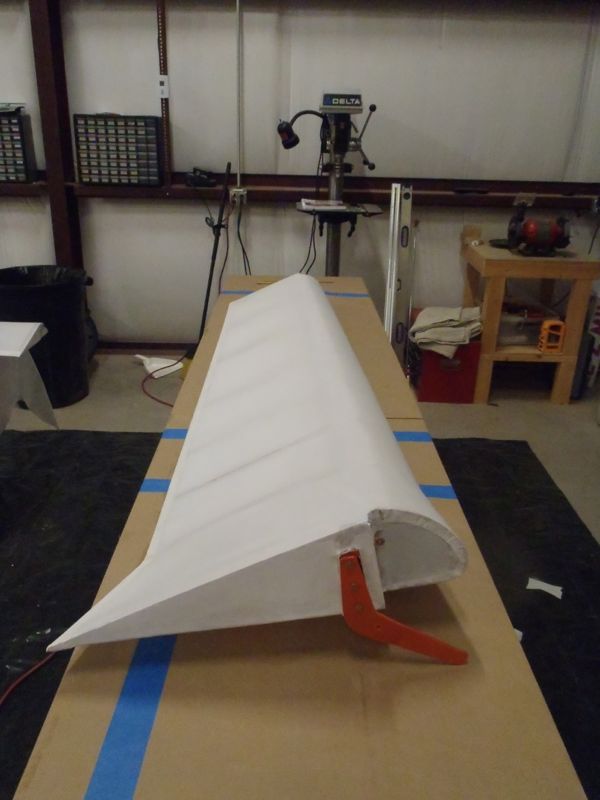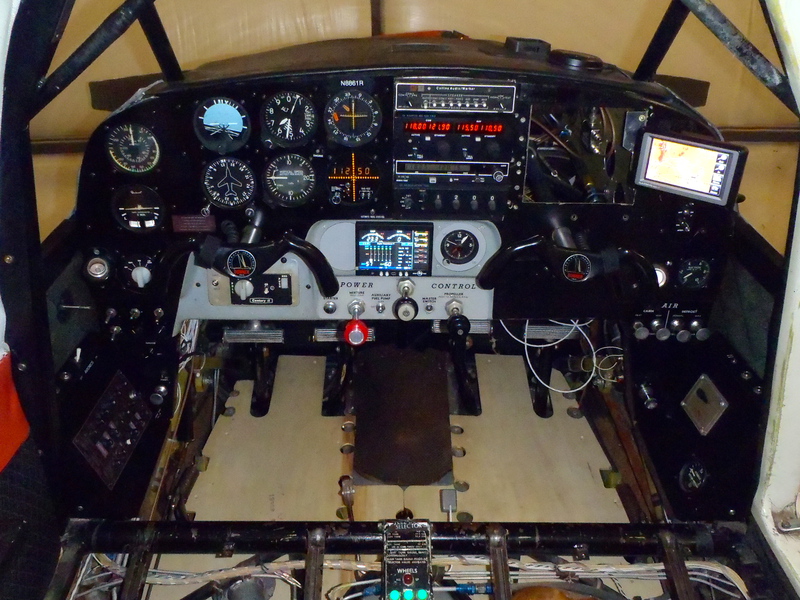Well, the annual inspection is basically done. There were a couple of surprises this year, including magneto filters that crapped out and needed to be replaced and the need to replace all the flexible engine hoses. But all in all, a lot of progress was made:
- Replaced all the old analog engine instruments with a JPI EDM-900 electronic engine monitor
- Recovered the flaps and ailerons
- Replaced all the old circuit breakers with Klixon pullable breakers
- Overhauled the hydraulic powerpack (control unit)
- Replaced all the flexible engine hoses (oil, fuel, and hydraulic)
- Adjusted the routing of the propeller adjustment cable so that it’s much smoother
- Replaced the battery (yet another thing I was hoping I wouldn’t have to do)
- Rebuilt the lower engine cowling fiberglass, which was falling apart
While we had the airplane leveled on jacks to calibrate the fuel senders for the EDM-900, we noticed that the horizontal and vertical stabilizers weren’t square, as they’re supposed to be. The stabilizers are rigged based on flying wires (tie rods) connected between the fuselage, horizontal stabilizers, and vertical stabilizer and were clearly misadjusted. It’s lots of measuring, adjusting, and measuring again, but I”m starting to work towards square.
 The adjustments suck more than it might appear because the top flying wires can only be adjusted by nuts which are covered by fabric. So the fabric in the vertical stabilizer has to be cut (and later repaired) in order to make the adjustments. I’m hoping that once everything is properly rigged the plane will be a bit faster. And more importantly, won’t require the big, ugly trim tabs in the ailerons to keep the plane flying straight.
The adjustments suck more than it might appear because the top flying wires can only be adjusted by nuts which are covered by fabric. So the fabric in the vertical stabilizer has to be cut (and later repaired) in order to make the adjustments. I’m hoping that once everything is properly rigged the plane will be a bit faster. And more importantly, won’t require the big, ugly trim tabs in the ailerons to keep the plane flying straight.
There’s a couple other small issues I need to resolve: the voltage regulator seems to be adjusted a bit high and the exhaust stack is slightly rubbing on the lower cowling and needs to be adjusted.














